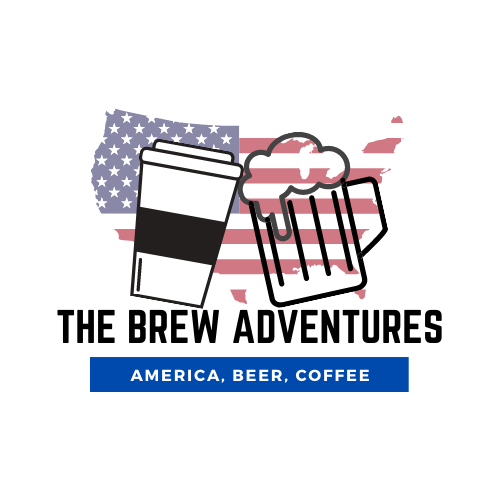Beer and Brewing Vocabulary - Part 1
Homebrewing--An activity where a man or woman drinks too much beer with the hope that the more they drink the better the water, malt, hops, and yeast mixture before them will end up tasting. After two-to-three hundred tries, they start to get pretty close.
Crushable--A beer that is easy-drinking and runs up your bar tab very quickly while you spend most of your time in the bathroom. Often served in a boot shaped vessel.
Sippable--A beer that can either put the hair on your chest or burn it off your head–sometimes both. A high alcohol beer with a high gravity, bitterness, maltiness, or anything that will bring tears to your eyes if you chug it. Usually comes in a bomber and challenges the senses in strange, new ways.
Sessionable--A beer that has a low ABV and is easy enough to drink over a long period of time, or session. Very similar to crushable as in it will destroy your bank account like a thief in the night. Can also be a misnomer, making it difficult to stand up after having too many ‘sessionable’ beers.
IBU--The International Bitterness Unit. The higher the IBU, the higher the perceived bitterness. Measured based on the number of iso-alpha acids present in beer. Many brewers try to avoid high IBUs through the use of dry-hopping. Most beers fall in the range of 5-120 IBUs. Higher than that and you will have to write a get well soon card to your tongue.
Beer Gravity--Not to be confused with the gravity that keeps your beer upright and your ass on the stool. Beer gravity is the amount of dissolved fermentable sugars (beer density) present in beer from the amount and type of malt used. Measured in Original Gravity (prior to fermentation) and Final Gravity (post fermentation), then the two are compared in the final product.
SRM--Standard Reference Method. A system designed to describe beer color. Measured from 1-40. When compared with the Brew household scale 1 SRM is around the color of a sickly cauliflower, 20 SRM is the color of the water in the bottom of the cooler Mr. Brew forgot to clean out three months ago, and 40 SRM is around the color of dinner when Mrs. Brew cooks.
Lovibond--A scale used to determine the color of grains. It is measured in degrees, and it is pretty helpful for figuring out how much deep flavor you can get into your beer. Thank you for that, Joseph Lovibond.
Mouthfeel--A completely ambiguous term used pretentiously by beer reviewers like the Brew family to describe the sensation in the mouth associated with carbonation, body, and aftertaste. Use it with your friends and you might look cool… but probably not.
Body--Also a very confusing and overused term to refer to a beer’s fullness and mouthfeel. Some technical terms used are watery, oily, syrupy, chewy and “ hack, hack, (clears throat). Smooth!” But an important word when used appropriately nonetheless. Also a word to avoid using at a bar. Example: Friend 1: “This one has a nice body.” Friend 2 replies: “You think so? (shrugs) I’ve had better.” Girl turns, offended, and slaps friend 2.
Head Retention--Not used to describe how many beers it will take for you to lose your head, but for how long the aromatic and luscious beer head lasts after pouring.
Lacing--Also known as Cling. Used as a measurement to see how large your gulps of beer are, by how far apart the foam rings are on the inside of the glass. One ring at the top and one ring at the bottom indicates you are drinking too quickly.
NIBEM--Likely not one you’ve come across before, but it relates to lacing (cling). Stands for Netherlands Institute for Brewery En (and) Maltery. Fancy device for measuring foam stability. A standard created by the ingenious Dutch.
Hop Forward--A beer that is balanced more toward the hop side than the malty side. Not to be confused with getting one step closer to ordering at the bar on a busy night, or the up arrow in Frogger.
Malt Forward--When malt sweetness in the form of caramel, toffee, biscuit, etc. tasting notes are more prominent over the hops. A drunk homebrewer often finds him or herself with malt forward beer because they forgot to add the hops. This is (probably) how dry-hopping was invented.
Balance--A very complex term that varies from one person to the next and constantly eludes homebrewers and professionals alike, often leading to off-topic debate after too many sips to test the ‘balance’. Refers to the balance between Malt, Hops, and Yeast flavors.

